General Sherman Tree
- November 28, 2023
- 0 comment
Standing tall amidst the Giant Forest of Sequoia National Park in California, the General Sherman Tree reigns as the largest known living single-stem tree on Earth. This majestic giant, named after Union General William Tecumseh Sherman, towers over 275 feet (84 meters) into the sky, its immense trunk stretching 31 feet (9.4 meters) in diameter. Its colossal volume, estimated at 52,500 cubic feet (1,487 cubic meters), surpasses that of 2,500 mature trees combined. This ancient sentinel, believed to be between 2,200 and 2,700 years old, stands as a testament to the resilience and grandeur of nature.
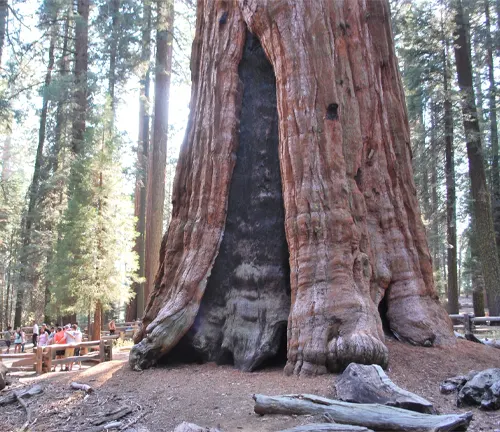
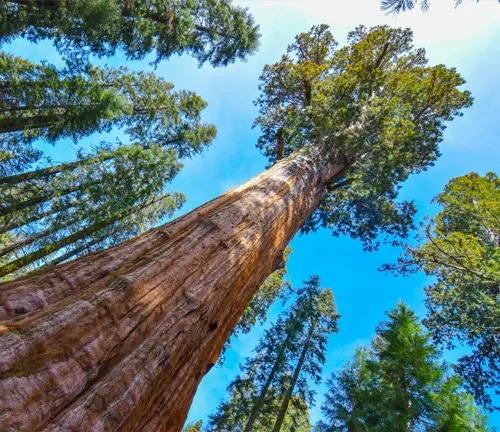
The General Sherman Tree’s bark, up to 30 inches thick, serves as a protective shield against wildfires, a testament to its ability to withstand the ravages of time and nature’s fury. Its roots, reaching out over 300 feet and plunging 10 feet deep, anchor this mighty giant to the earth, ensuring its stability amidst the elements. Each year, this remarkable tree produces an estimated 2 million seeds, ensuring the perpetuation of its lineage and the continuation of its legacy.
| Attribute | Measurement |
|---|---|
| Height | 275 feet (83.8 meters) |
| Circumference at Base | Over 100 feet (30.5 meters) |
| Volume | Largest tree by volume |
| Age | Estimated over 2,200 years |
| Species | Giant Sequoia (Sequoiadendron giganteum) |
| Location | Sequoia National Park, California |
| Named After | General William Tecumseh Sherman |
| Notable Feature | Largest living organism on Earth |
| Bark | Fibrous and fire-resistant |
| Conservation Status | Protected within the national park |
Botanical Beauty of “General Sherman Tree”
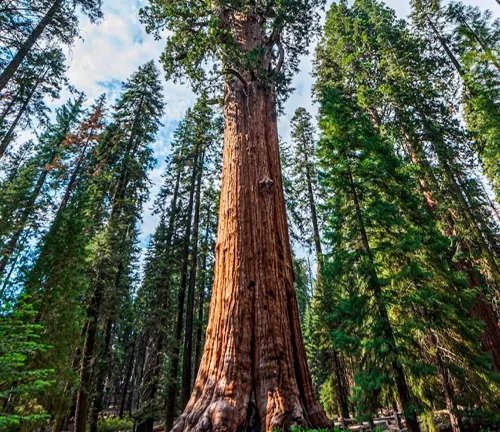
The General Sherman Tree, also known as the “Giant Forest Monarch,” is a living marvel, standing as the largest known single-stem tree on Earth. Its towering presence, reaching 275 feet (84 meters) into the sky, and its massive girth of 31 feet (9.4 meters) in diameter, have captivated visitors for centuries. This botanical wonder, located in the Giant Forest of Sequoia National Park, California, is a testament to nature’s grandeur and the importance of preserving our planet’s biodiversity.
Woodland Elegance
The General Sherman Tree’s beauty extends beyond its sheer size. Its bark, up to 30 inches thick, is a rich, cinnamon-brown color, etched with deep furrows that tell the story of countless years of growth and resilience. Its branches, stretching out like arms, provide a canopy that filters sunlight, creating a dappled, serene atmosphere beneath its towering form. The tree’s presence exudes an aura of tranquility and awe, making it a sanctuary for both nature and visitors alike.
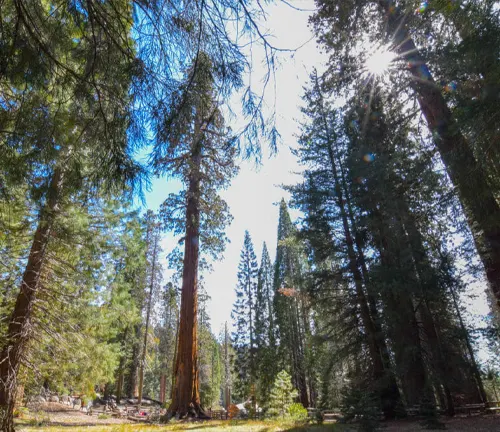
Ecological Importance
The General Sherman Tree plays a vital role in the ecology of the Giant Forest. Its immense root system helps to stabilize the soil, preventing erosion and landslides. Its leaves provide a habitat for a variety of insects, birds, and small mammals, contributing to the intricate web of life within the forest. Additionally, its seeds dispersed by the wind help to regenerate the forest, ensuring its continued existence for future generations.
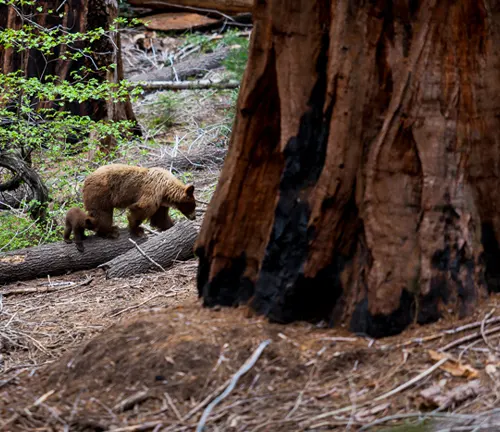
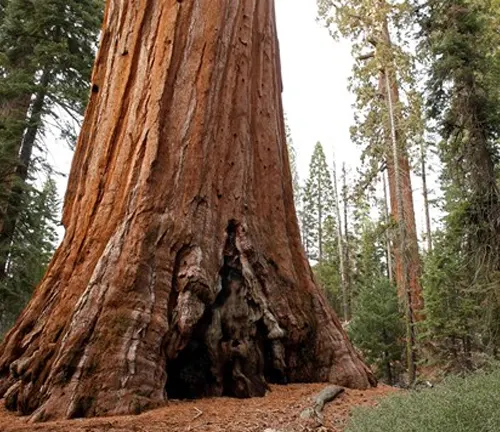
Cultivation and Conservation
Giant sequoias, like the General Sherman Tree, are slow-growing giants, taking centuries to reach their full maturity. Their unique growth patterns and specific habitat requirements make them challenging to cultivate outside of their natural range. However, conservation efforts are underway to protect these magnificent trees and ensure their survival for generations to come.
Fragrance
The General Sherman Tree emits a unique fragrance, described as a blend of citrus and cedarwood. This pleasant aroma is attributed to the presence of volatile organic compounds (VOCs) released by the tree’s needles. These VOCs play a role in the tree’s defense mechanism, protecting it from pests and diseases.
Soil Stabilization
The General Sherman Tree’s extensive root system, spreading out over 300 feet and reaching depths of 10 feet, plays a crucial role in stabilizing the soil on the steep slopes of the Giant Forest. These massive roots anchor the tree to the ground, preventing it from toppling over during storms or earthquakes. Additionally, the roots help to absorb and store water, ensuring the tree’s survival during periods of drought.
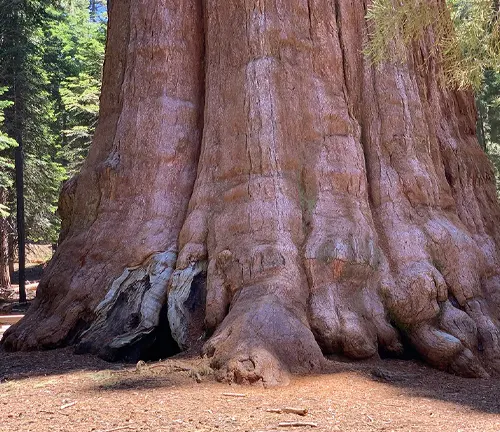
Common Uses
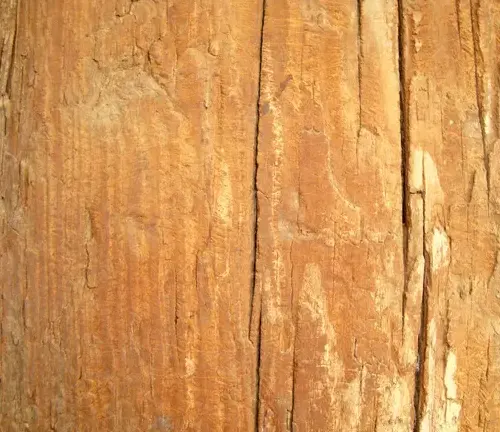
Giant sequoias, like the General Sherman Tree, have been used for various purposes throughout history. Their heartwood is highly resistant to rot and decay, making it a valuable timber for construction and other woodworking projects. However, due to their ecological significance and slow growth rates, giant sequoias are no longer widely harvested.
Benefits
The General Sherman Tree and other giant sequoias provide a multitude of benefits to both humans and the environment. They play a vital role in regulating the climate, capturing and storing carbon dioxide from the atmosphere. Their presence contributes to the aesthetic beauty of the forest, attracting visitors from around the globe and contributing to the local economy. Additionally, these trees serve as a reminder of the importance of preserving our planet’s natural heritage and the delicate balance of ecosystems.
Different Species
General Grant Tree
Also located in California, in Kings Canyon National Park, the General Grant Tree is another giant sequoia that ranks among the largest trees globally. It is often referred to as the “Nation’s Christmas Tree” and holds historical significance.


President Tree
Found in California’s Sequoia National Park, the President Tree is one of the tallest giant sequoias, standing at over 240 feet. It is named in honor of several U.S. Presidents.
The Sentinel
This giant sequoia, known as The Sentinel, is located in Sequoia National Park. While not as massive as General Sherman, it is a notable and easily accessible tree, often visited by park visitors.

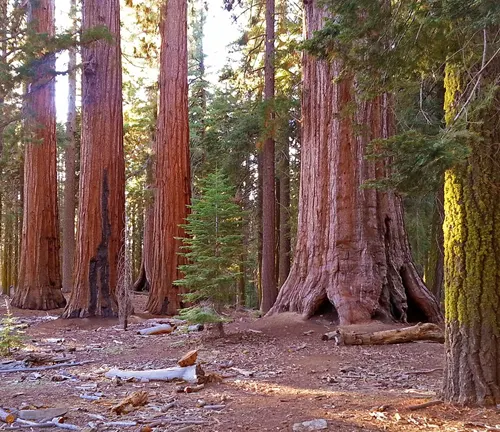
Yosemite Giant Sequoias
Yosemite National Park is home to several giant sequoia groves, each containing magnificent trees. Mariposa Grove is the largest of these groves and features over 500 mature giant sequoias, including the Grizzly Giant and California Tunnel Tree.
Coast Redwood
(Sequoia sempervirens)
While not a giant sequoia, the coast redwood is another species within the Sequoioideae subfamily. These trees, found along the coastal regions of northern California and Oregon, are the tallest trees on Earth, with some reaching heights of over 300 feet.

Frequently Asked Questions (FAQs)
- How did the General Sherman Tree get its name?
The tree is named after General William Tecumseh Sherman, a Union Army general during the American Civil War. The name was given by naturalist James Wolverton in 1879. - How old is the General Sherman Tree?
The exact age is challenging to determine, but estimates suggest it is over 2,200 years old. - What are the dimensions of the General Sherman Tree?
The tree stands at 275 feet tall and has a circumference of over 100 feet at its base, making it the largest tree by volume on Earth. - Where is the General Sherman Tree located?
It is situated in the Giant Forest of Sequoia National Park in California, USA. - Is the General Sherman Tree still growing?
While it may still be adding some annual growth, giant sequoias typically grow more slowly in later years. The overall growth rate of such ancient trees is minimal. - How do you get to the General Sherman Tree?
Visitors can access the General Sherman Tree by taking a relatively short and well-marked trail from the parking area in the Giant Forest. - Is the General Sherman Tree the tallest tree in the world?
While it is the largest tree by volume, it is not the tallest. Coastal redwoods, another species of sequoia, hold the record for the tallest trees on Earth. - What is the significance of the General Sherman Tree?
Apart from its size, the tree is a symbol of the incredible biodiversity and natural beauty found in Sequoia National Park. It also draws attention to the importance of conserving old-growth forests. - Can you climb the General Sherman Tree?
No, visitors are not allowed to climb the General Sherman Tree to protect both the tree and the safety of visitors. - How do authorities protect and conserve the General Sherman Tree?
Sequoia National Park has conservation measures in place to protect the tree and its ecosystem. Trails are maintained, and visitors are educated on the importance of preserving these ancient giants.


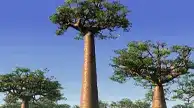
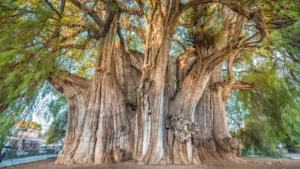







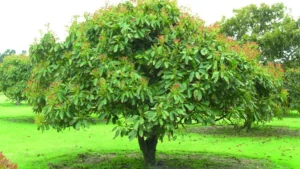


Leave your comment